As our workplaces evolve with time, multi-tasking has become an integral part of organizational culture. Cross-functional departments are imperative to building a successful business, and it has become essential for us to keep up with our industries’ fast and demanding pace. So, how can you ensure that? The only way to approach dynamism, change, and development is by upskilling and reskilling.
Though not a new concept, the need for a superior Learning Management System (LMS) has never been more crucial than now. When the pandemic struck, most businesses were not equipped to deal with the uncertainty of the situation, and employers were slow to adapt. As a result, companies faced the consequences of loss of revenue, loss of clientele, and a disadvantaged workforce struggling to keep the business afloat. Hence the need for a solid LMS was even more prominent.
Now the question arises: What is upskilling and reskilling? And how can an up-to-date LMS help in efficiently upskilling and reskilling the performance of your team? Let’s find out.
What is upskilling?

Upskilling is the practice of making the employees of an organization a high-value disseminating asset. At the core lies developing new skill sets and updating existing skills with the latest practices. The end goal of these skill training practices is to empower employees to perform new tasks, swiftly adjust to any shift in the organizational structure, come up with impactful solutions for the consumer needs, and ultimately enhance the collective productivity of the organization.
How do you approach upskilling?
There are a few things to keep in mind when planning and implementing an LMS in your organization:
- Understand the skill gap in your team members. You can do so by identifying skill gaps in individual members of your team or comparing the group’s overall performance with pre-decided parameters.
- Give your team members a clear picture of how these skill training programs will help them with their professional growth in the company. Make sure that you take into account their personal career goals and align those with your projected outcomes.
- Make the process easy and accessible. Maintain a healthy flow of discussion amongst your team members. Ensure that they do not feel isolated in the process. Encourage your colleagues to break out of their silos and work as a collective.
Traditional learning management systems are not often equipped to handle the employee and program-centric requirements required for upskilling and reskilling. In the sections below, we will explore how we can address this.
Choosing an LMS tailor-made for your organization
Whether you want to develop new skill sets or further develop the existing ones, choosing a flexible learning management system is a given. The program should be designed in a way that is best suited for everyone to utilize. Some of the things you need to keep in mind include:

The skills that you want to develop and in what order of priority. E.g., When the COVID-19 pandemic hit, organizations were forced to adapt to virtual working. But the problem with this was that many employees who were not so tech-savvy were facing difficulties when trying to do menial tasks like clocking in their attendance, accessing information, and even conducting and attending virtual meetings. In this case, the priority of organizations was to walk their employees through the virtual work process and equip them with the correct information. In addition, companies need to identify essential skills through a skill assessment for every employee. This will help them understand where its employees stand regarding their understanding and expertise in a particular domain.
Monitor learning and develop a workflow for your teammates to actualize their new skills. The LMS should be such that it makes individual learning easy and the progress of individual team members visible. In addition, you should record non-technical training sessions like mentoring sessions, job experience, in-house workshops, brainstorming sessions, and leadership training with the LMS. By integrating these, you will understand if these learnings are making an impact and producing tangible results.
Make sure that you build a competent learning atmosphere. After your employees understand the system and have finished the skill training programs, use the LMS to track their personal development in terms of their careers. This will allow the employees to have an agency of their skill development and give you more time to focus on overall business performance. This will also allow you to establish a culture of continuous learning amongst the employees seamlessly.
Every company has unique requirements when it comes to implementing skill training activities for its employees. Organizations have to keep up with the evolving nature of the industry, client portfolio, products, or services. Also, macroeconomic disruptions like the pandemic add more pressure on companies to be better equipped for all future situations. The best way to approach this is by consulting with experts. At EdCast, we have a robust team of industry professionals who have years of experience and a client-first approach. To learn more about our product offerings and our approach to implementing LMS for our clients, get in touch with us.



